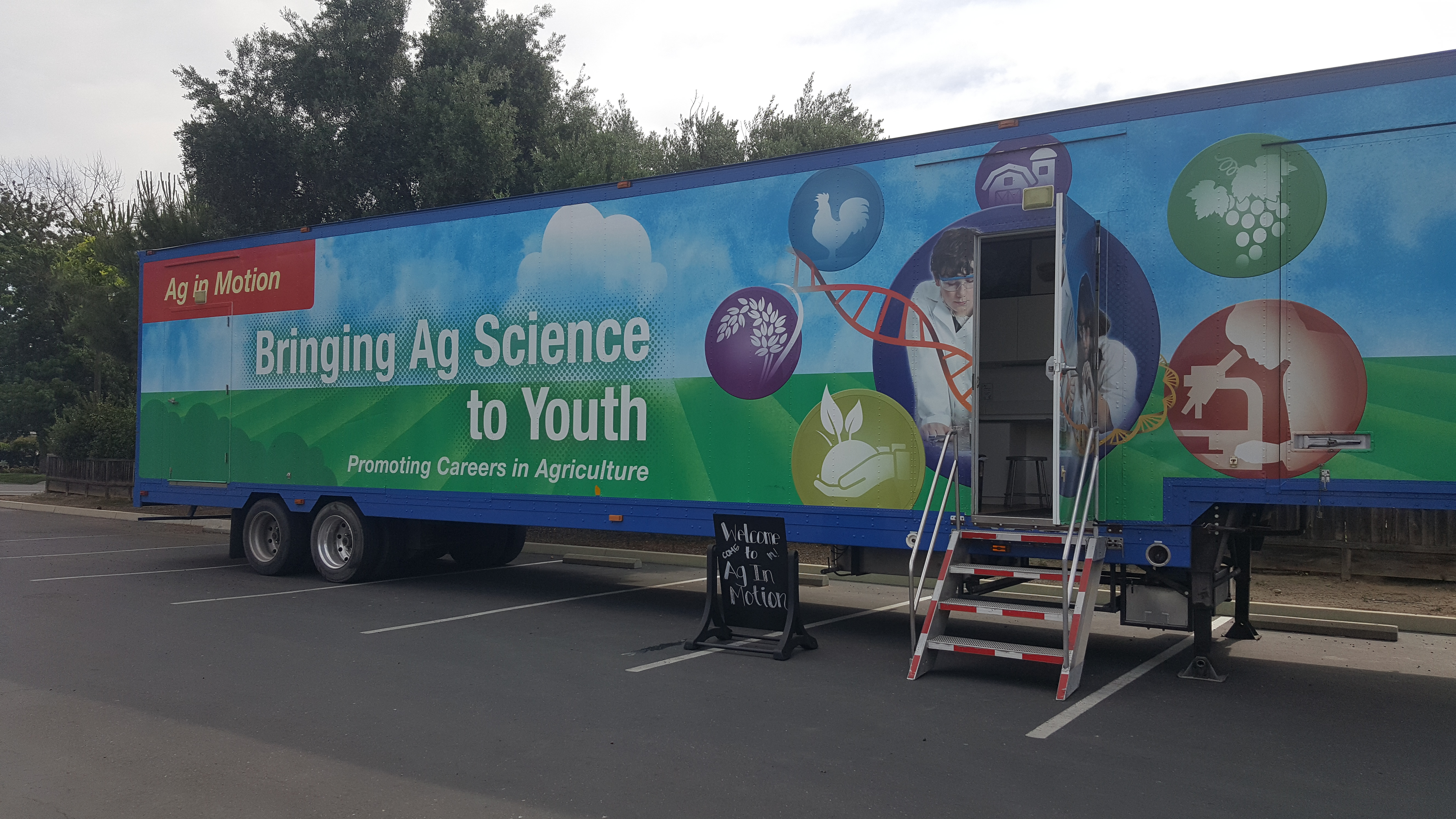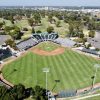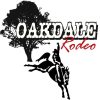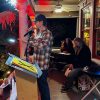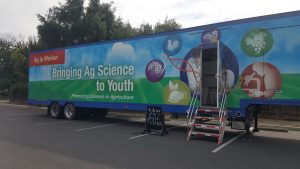
Have you seen this trailer around Stanislaus County, or maybe even at El Portal in Escalon or Ripon Christian in Ripon?
It’s highly possible, considering it has existed since 2007 and 11,000 students a year study Agriculture science in it. But it’s not a trailer, it’s a MOBILE CLASSROOM! It contains everything needed to teach science on the go.
“Ag in Motion” a program sponsored by the National Ag Science Center, is a portable classroom, with everything needed to introduce Ag careers to students, certainly not limited to farming.
Teachers get to choose from 8 labs, like soil deconstruction, discovering Ph levels in soil, and DNA extraction from a strawberry.
The lab I participated in was on insects, opened by a video of the “Bug Chicks”, a fun, educational, and funny way to introduce the parts of insects and what makes an insect different from other creepy-crawlies. The students studied and drew different bug mouths, magnified in the microscopes. Insects were butterfly, fly, mosquito, and a honey bee.
Many kids have never seen these insects close up, and now understand how integral they are to our valley. Our agriculture, without that word being used exclusively.
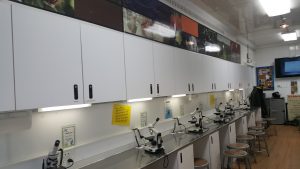
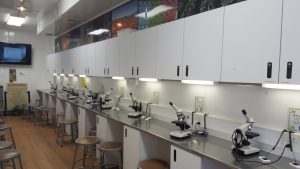
Not all students who have access to this classroom equate what they’re doing to science. The ones who cook at home, I learned, are more likely to understand all this measuring, research and creation as science, and not necessarily Ag, either.
Which is great, considering many students who would do well in STEM careers, are scared away from Ag, mislead that their only choice is farming. “We are connecting kids to careers in science in a very fun, tangible way. This type of science is not boring, it’s hands-on. They pay attention because they don’t want to miss out on the next time the classroom parks on their campus. This is how we will continue to grow sustainable agriculture in California.”-says Emily Lawrence, director of the National Ag Science Center.
Case in point: this classroom isn’t the only way students are introduced to agricultural science. The Junior Scientist program teaches students in 7th or 8th grade a lesson, and then they go teach that same lesson to 5th & 6th graders. Not only are they introduced to a useful lesson that may spark an interest science careers, they are also given the opportunity to teach, which is totally a side-bonus. How are we to let students choose their career, if they are not exposed to more than food and administrative? Programs like this aid students in picking their dream career before they get to college.
There is also a summer program held this year at Franklin and Martone, regarding nano science, nano tech and nano concepts. The summer school program at Don Pedro Elementary in Ceres teaches Ag science in in an easy to learn gardening experience! Students get to grow “pizza gardens” in plant boxes. They learn about and plant various vegetables that are often found on pizzas, like tomatoes and onions. The class isn’t just about eating, they learn about soil, watering, chlorophyll, all kinds of things, in order to break-down something enjoyable into the individual concepts that create it.
Ag Science is more than cows and almonds. It’s about insects, water, solar, soil, and everything that makes the valley what it is.
For more information, visit www.AgScienceCenter.org.


